AR 2.0
Single-component, elastic, acrylic-based sealant in aqueous dispersion, workable with trowel, for overpaintable sealing of cracks and fissures where a rough material appearance similar in grain to civil finishes is required.
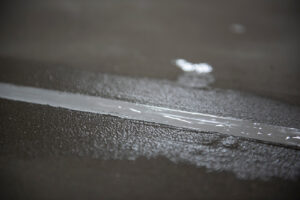

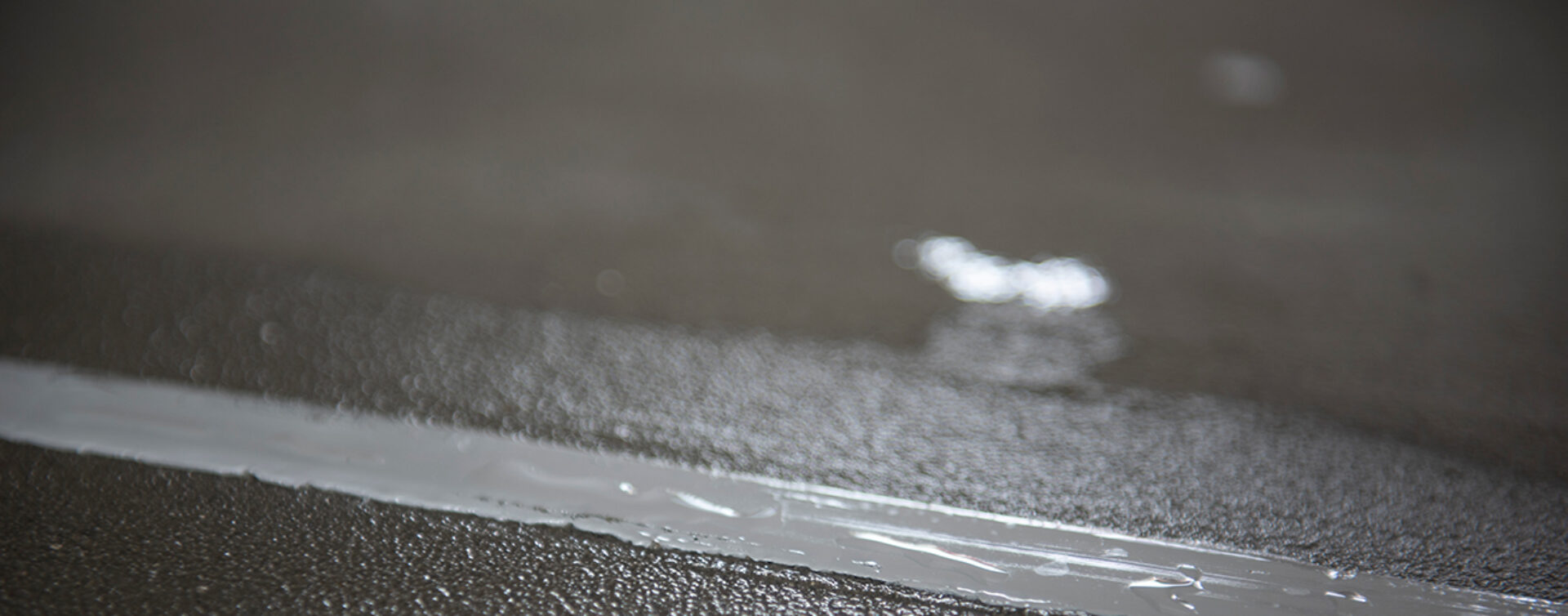
Single-component, elastic, acrylic-based sealant in aqueous dispersion, workable with trowel, for overpaintable sealing of cracks and fissures where a rough material appearance similar in grain to civil finishes is required.


Discover more
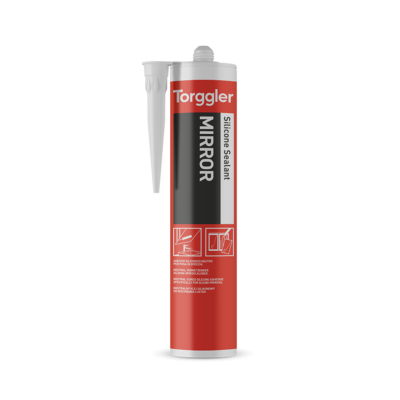
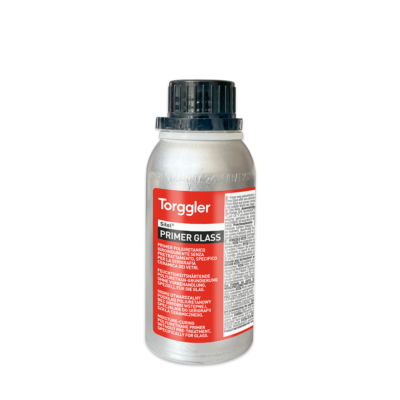
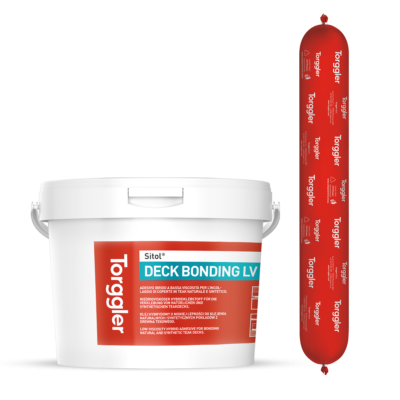
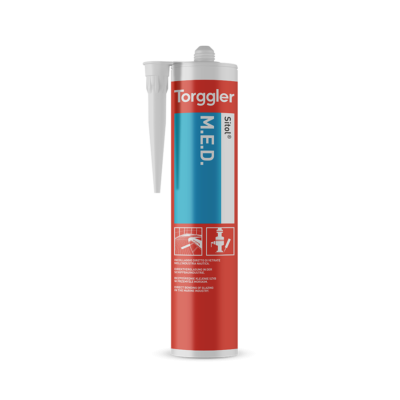
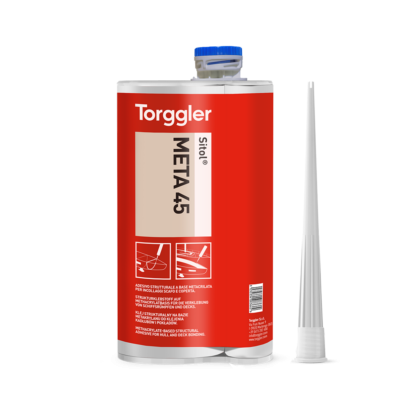
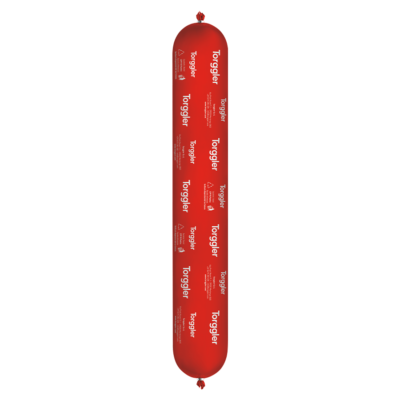
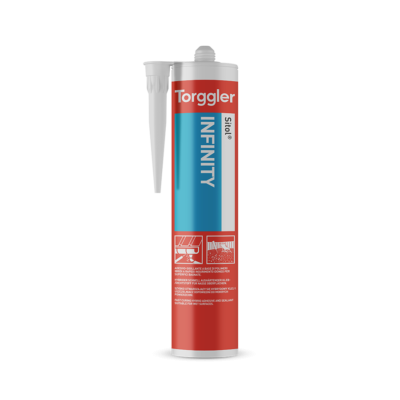
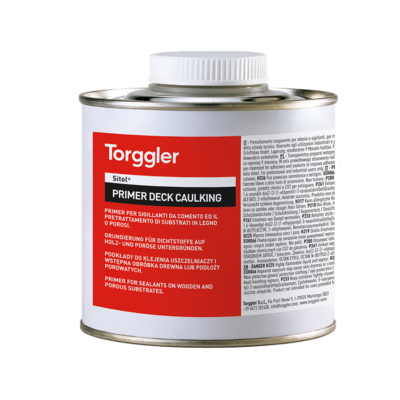
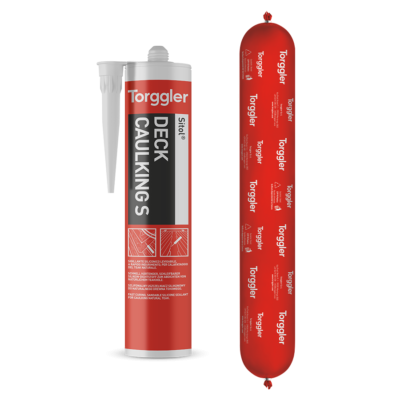
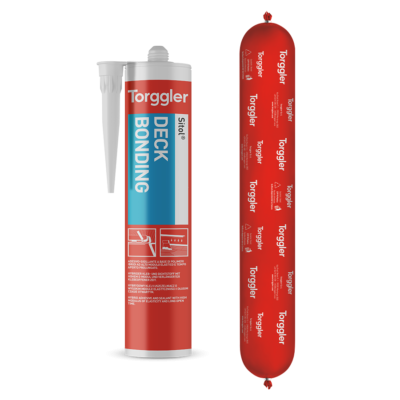
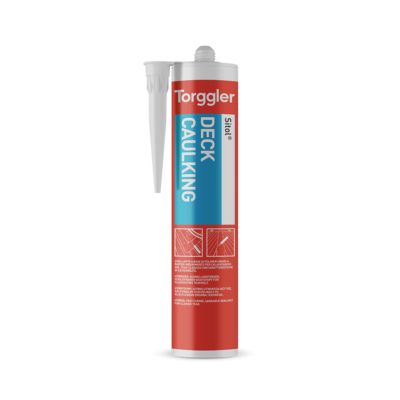
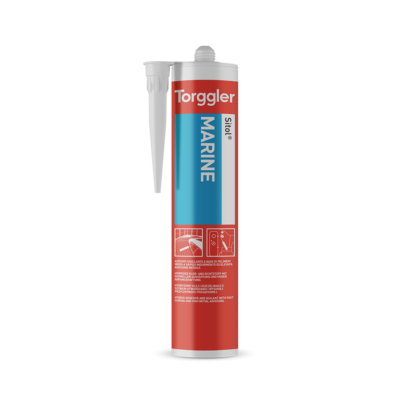
Surfaces must be solid, clean and consistent. Slightly opening cracks with a spatula improves the joint seat and subsequent adhesion of the sealant. AR 2.0 does not require a primer: on highly absorbent substrates, first apply AR 2.0 diluted with water using a brush. Cut the nozzle to a diameter proportional to the size of the joint. Inject an excess amount of AR 2.0. Smooth with a spatula moistened with Smooth smoothing agent before surface film formation begins. Apply a certain amount of pressure to ensure that the joint is filled without voids and that the sealant adheres completely to the sides of the joint.
Store in a dry, heat-protected place. In the original packaging it is kept for at least 24 months.
| Color | Code | Packaging | Packaging size | Pallet | Barcode |
|---|---|---|---|---|---|
| White | 8028 | cartridge | 24x310 ml |
60 cardboards
|
For facade applications, on vertical and horizontal joints as long as there is no continuous water stagnation. Thanks to its excellent resistance to weather and ageing, it can also be applied outdoors. It can be painted after hardening. Excellent adhesion on porous substrates, even damp ones: finishing plasters, fine mortar or concrete.
| TEST PARAMETER AND METHOD | VALUE |
| Density (UNI 8490 – Part 2^) | 1,703 g/ml |
| Extrusion speed (MIT 30) | 269,34 g |
| Application temperature | from +5 °C to +40 °C |
| Surface cross-linking time (MIT 45) | 22 minutes |
| Complete hardening | 1–4 weeks, depending on the thickness of the joint, temperature and humidity |
| Operating temperature | from -25 °C to +80 °C |
| Shore A hardness (ISO 868) | 3 sec. = 24; 15 sec. = 16 |
| Elongation at break (ISO 37 – Type 3) | 150 % |
| Breaking load (ISO 37 – Type 3) | 0,5 N/mm2 |
| 100% elastic modulus (ISO 37 – Type 3) | 0,35 N/mm2 |
| Elongation at break (UNI EN ISO 8339/A – Mortar substrate – M2) | 65 % |
| Breaking load for traction (UNI EN ISO 8339/A – Mortar support – M2) | 0,18 N/mm2 |
| Maximum working elongation | 10 % |
| Withdrawal | -18 ± 2 % |
| Paintability | It can be painted with water-based paints. We recommend carrying out preliminary tests. |
| Colour | White |
Indicative yield in linear meters of a sealant cartridge = V / (W x D)
V = Cartridge content in ml
W = Sealing width in mm
D = Sealing depth in mm
Contact our team for personalized support and product guidance.